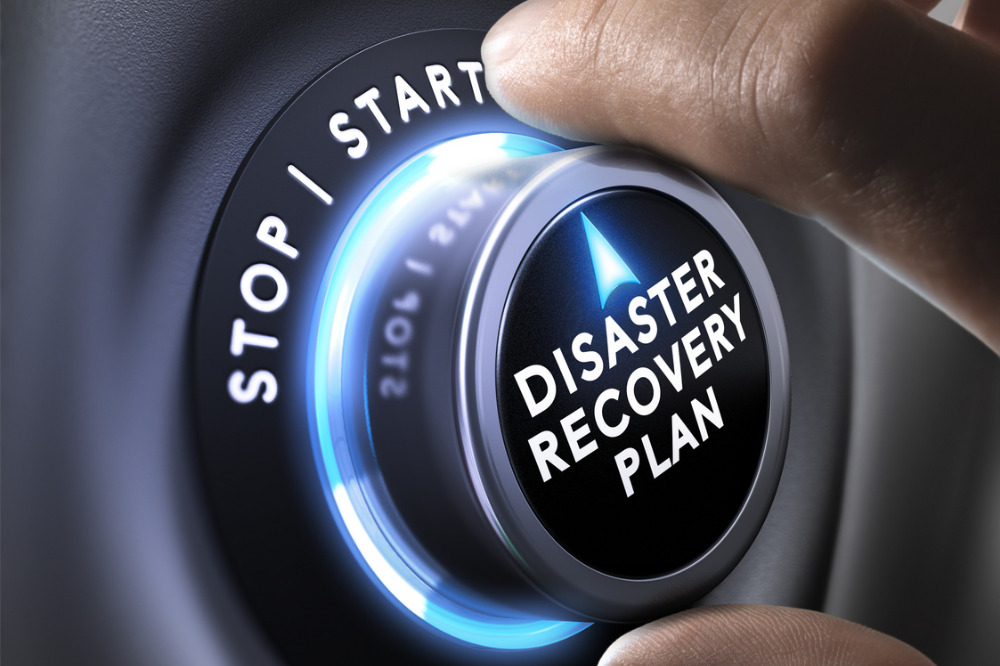National transition period begins for New Zealand

“The Tairāwhiti and Hawke’s Bay Civil Defence Emergency Management Groups have confirmed that they are now ready to move out of the immediate response phase and into recovery,” Minister for Emergency Management Kieran McAnulty said on Monday.
The end of only the third state of national emergency in New Zealand comes 28 days following its declaration.
What a national transition period entails
According to the National Emergency Management Agency (NEMA), a national transition period will provide local Civil Defence teams with the powers that may be necessary during the early recovery stages. Examples of these are road clearing and dangerous materials disposal.
The goal is to make the transition from emergency response to recovery as seamless as possible.
“The national transition period also enables remedial works to be carried out, for example to restore access to cut-off properties or make temporary infrastructure repairs,” said NEMA, which is the departmental agency in charge of administering the Cyclone Gabrielle Welfare Support Grant on behalf of the government.
With the state of national emergency having ended today, a national transition period now spans the Northland, Auckland, Waikato, Tairāwhiti, and Hawke’s Bay regions, as well as the districts of Tararua, Masterton, Carterton, and South Wairarapa.
“While significant progress has been made in restoring power and telecommunications, and ensuring everyone reported as uncontactable is accounted for, there are still major and ongoing impacts in these regions,” McAnulty said. “We are committed to a locally-led recovery, supported by central government. The national transition period will ensure that national-level support and resources are coordinated.”
Welfare Support Grant
A time-limited government fund, meanwhile, has been set up to reimburse certain emergency costs that were incurred by marae, iwi, and recognised community organisations during the state of national emergency.
“This grant recognises that these organisations have used their own resources to fund their immediate response to Cyclone Gabrielle,” NEMA said on its website. “It provides a faster alternative to the normal process of seeking reimbursement through local authorities for emergency response costs…
“Applicants will need to meet certain eligibility criteria and conditions to receive funding. Grants are usually capped at $40,000 (excluding GST), but organisations may be able to apply for a subsequent grant after discussing their circumstances with NEMA.”
Eligible costs include food, water, and other essential grocery items; sanitary and hygiene items; cleaning products; hire of plant/equipment used to prepare, store, or deliver food to address immediate welfare needs; medical and first-aid supplies; and clothing, blankets, and bedding.
Ineligible costs, meanwhile, span non-essential goods; purchase of capital items such as vehicles; non-welfare-related response items like shovels and chainsaws; costs for support to the primary sector; and accommodation, food, transport, and other costs relating to staff and volunteers.
How have you responded following Cyclone Gabrielle? Share in the comments below.





